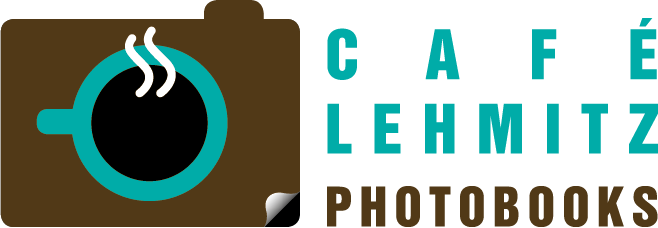About Japanese photographer, Ken DOMON (土門 拳, 1909-1990)
In 1933, Ken DOMON joined the photo studio of Miyauchi KOTARO as an apprentice in 1933. His entry into the photographic scene coincided with the flourishing of the medium in Japan in the late 1920s and early 1930s: photographic journals like 'Photo Times' and 'Kōga' allowed the Japanese public to view images produced by European avant-garde photographers. The exhibition 'Film und Foto', first held in 1929 in Stuttgart, subsequently traveling to Tokyo and Osaka in 1931, was equally instrumental in energizing Japanese photographers. Additionally, the newly-available Leica, a small and affordable camera, allowed amateurs to begin taking photographs, which encouraged the development of new photography groups.
From the outset of his career, Ken DOMON expressed an interest in photography with social and cultural themes After publishing his first photo in the magazine 'Asahi Camera' in 1935, he left his apprenticeship at photo studio prematurely to work for Nippon Kōbō, an agency founded by photographer Yōnosuke NATORI. His career started by contributing photo reportages to magazines that supported the increasingly militaristic Japanese state and its imperial policies. In 1943, he published an article in which he announced his opposition to the use of magazines for propaganda, leading to the banning of the issue and his termination from KBS. In the period following the Japanese defeat was a time of great societal unrest he documented as a freelancer the aftermath of the war, focusing on society and the lives of ordinary people. He received national acclaim for his portraits of children in exploitative labor conditions and Hiroshima bomb survivors (hibakusha). As photojournalists grappled with how to depict the new social reality of the post-WWII period, he forged the realistic photography movement ('Riarizumu Shashin Undō'). He embraced the idea of snapshot photography (sunappu), in which images could be captured with 'absolute unstagedness' but was forced to abandon sunappu photography after he suffered a debilitating stroke in 1958. His major project until the end of his career was photographing temples across Japan, a much-beloved subject that he had first begun to document in 1940. These images constituted the monumental series Pilgrimage to Ancient Temples (Kojijunrei), published in five volumes from 1963 to 1975. While Ken DOMON is a popular and celebrated figure in Japan, he remains less known abroad. An exhibition curated by Rossella Menegazzo, presented in Rome in 2017 and in Paris in 2023, has permitted the European public to discover Domon's oeuvre.
Photobooks by as well as with works by Ken DOMON
- 'Nihon no chōkoku (日本の彫刻)' (1952); 'Hiroshima' (1958); 'The Children of Chikuho' (1960); 'New Japanese Photography' (1974, by John Szarkowski); 'Ginza and the War' (1986, together with works by Shigeo HAYASHI, Tadahiko HAYASHI, Kōyō ISHIKAWA, Kōyō KAGEYAMA, Shunkichi KIKUCHI, Ihei KIMURA, Kōji MOROOKA, Minoru ŌKI, and Maki SEKIGUCHI); 'Twelve Photographers in Japan, 1945–55' (1990); 'Kimura Ihee and Domon Ken' (1995, 2004); 'The Half-Life of Awareness. Photographs of Hiroshima and Nagasaki' (1995, together with works by Yoshito MATSUHIGE, Toshio FUKADA, Mitsugi KISHIDA, Shunkichi KIKUCHI, Yosuke YAMAHATA, Shigeo HAYASHI, Eichi MATSUMOTO, Kikujiro FUKUSHIMA, Kenji ISHIGURO, Hiromi TSUCHIDA as well as by Shomei TOMATSU); 'The Documentary Age: Photographs' (2001, together with works by Natori Younosuka NATORI, Ihei KIMURA as well as by Jun MIKI); 'Domon Ken no shōgai' (2003); 'Japan, a Self-Portrait: Photographs 1945–1964' (2004, together with works by Hiroshi HAMAYA, Tadahiko HAYASHI, Eikoh HOSOE, Yasuhiro ISHIMOTO, Kikuji KAWADA, Ihei KIMURA, Shigeichi NAGANO, Ikkō NARAHARA, Takeyoshi TANUMA as well as by Shōmei TOMATSU). 'The Photographer's Eye' (2007, by John Szarkowski); 'An Indefatigable Soul' (2017); 'The Master of Japanese Realism' (2017);
Awards
- 1958: Mainichi Photography Award; Japan Photo Critics Association Photographer of the Year Award;
1959: Award of Arts;
1960: Japan Journalist's Congress Award;

 Deutsch
Deutsch
 English
English